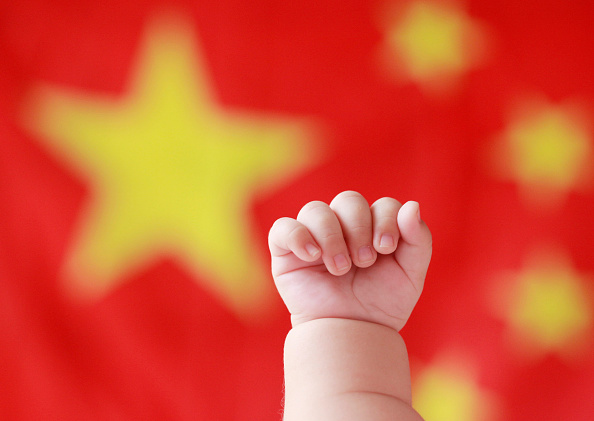It’s official. Mainland China has put an end to its highly contentious “one-child policy,” dating to the late 1970s. As of the first of the year, Chinese couples are now allowed to have two children.

Credit: ChinaFotoPress / Contributor
But as I discussed on CNBC, a policy change will not be enough to address China’s pressing demographic challenge. One clear lesson from across Asia is that as nations have grown wealthier, more and more of their citizens have delayed having children, or any child at all, focusing on careers and other goals first.
The pressures behind the policy change by Beijing are clear. China now faces a slowing economy, a rapidly aging population, and a dramatically shrinking workforce. While China’s population is nearly 1.37 billion. Its working-age population – defined as 15- to 64-year-olds – is actually dropping. Demographics now constrain Mainland China’s once rapid growth.
This is just one unintended consequence of the nation’s drastic one-child policy, and its at times brutal enforcement. By 2030, Mainland China is expected to have more than 243 million people over the age of 65 – an 85 percent increase over today.
The change was “intended to balance population development and address the challenge of an ageing population,” the official Xinhua news agency reported.
Yet, as in Singapore, today’s China is likely to find that policy pronouncements are insufficient to change anytime soon the social norm of having less rather than more children. As China’s citizens move up the income ladder, payouts and penalties are likely to have less and less power to change behavior.
When it comes to that most personal of decisions – how many kids to have – Singapore’s struggles to first lower and then spur a higher birthrate are particularly instructive. Government policies even from the most effective of governments do not necessarily generate the envisioned results.
In the 1960s and 1970s, as Singapore began its own march to developed nation status, government officials were worried about a growing population overwhelming the job market, housing, health care facilities and other infrastructure. A government campaign followed, with a core message: “Girl or Boy – Two is Enough.”
The government legalized abortion, offered cash incentives for voluntary sterilization and disincentivized having more than two children. By the mid-1980s, the government campaign to persuade parents to “stop at two” children proved too successful. Labor shortages were projected. And officials changed tack and now offered financial incentives to encourage parents to have three children. Those “who can really afford it” were encouraged to have more.
Special tax rebates, child-care subsidies and prioritization for government-subsidized housing and the removal of earlier disincentives that discouraged more than two children followed.
Now, decades later, Singapore still struggles to address workforce issues. A richer Singapore has developed a preference for small families that has proven resistant to change. And yet, Singapore still evolves and succeeds – ranking as the No. 1 place in the world to do business, according to the World Bank.
So too is likely to be China’s challenge: how best to evolve to address shrinking workforces and growth rates. Rethinking and harnessing the potential of what an “aging” population can contribute is one step. Changing to a two-child policy is not enough.
A “two-child policy” like the “one-child policy” of population controls remains a powerful symbol of China’s efforts to control its people.
As China has found with its stock exchanges, human behavior – like market forces – cannot be fully controlled or predicted, even by the most powerful bureaucrats of Beijing. A more confident China would understand that, and allow its citizens to live as they choose, and to compete, to fail and to succeed on their own.

